Physical Address
304 North Cardinal St.
Dorchester Center, MA 02124
Physical Address
304 North Cardinal St.
Dorchester Center, MA 02124

In the age of high-resolution smartphone cameras and instant photo-sharing apps, it’s hard to imagine a time when you couldn’t instantly see the photo you just took. Yet, in the 80s and 90s, disposable cameras dominated the photography scene, becoming a must-have item for tourists, families, and event-goers.
These cameras were simple, cheap, and a lot of fun. But why exactly did disposable cameras rise to such popularity during this era? Let’s dive into the reasons behind the phenomenon and explore their lasting legacy.
The first disposable camera, or “single-use camera,” was introduced by Fujifilm in 1986. Known as the Utsurun-Desu, which translates to “It takes pictures,” this invention was designed for casual photography. Shortly after, Kodak followed suit with its own version, the Kodak FunSaver, in 1987.
These cameras were built for convenience, offering a no-fuss solution for people who didn’t want to invest in expensive camera equipment but still wanted to capture memories.

One of the biggest selling points of disposable cameras was their simplicity and ease of use. Unlike traditional film cameras, which could be complex and required some knowledge of photography settings, disposable cameras were designed for anyone to use. You simply pointed, clicked, and wound the film—there was no need to worry about focus or exposure settings.
Additionally, disposable cameras were extremely affordable. At a time when owning a quality camera could be a hefty investment, disposable cameras offered an inexpensive alternative. Whether you were on vacation or just wanted to capture a few moments at a party, disposable cameras were the perfect solution for casual users.
The primary users of disposable cameras were families, tourists, and casual photographers. Disposable cameras were marketed as a tool for special occasions, vacations, or events where you might not want to risk damaging an expensive camera.
Tourists, in particular, found them incredibly useful since they didn’t have to carry bulky equipment during their travels.
The cameras were also ideal for kids and young adults, allowing them to experience photography without the need for delicate and costly gear. Whether for school trips or summer camp, disposable cameras gave everyone access to the world of photography.
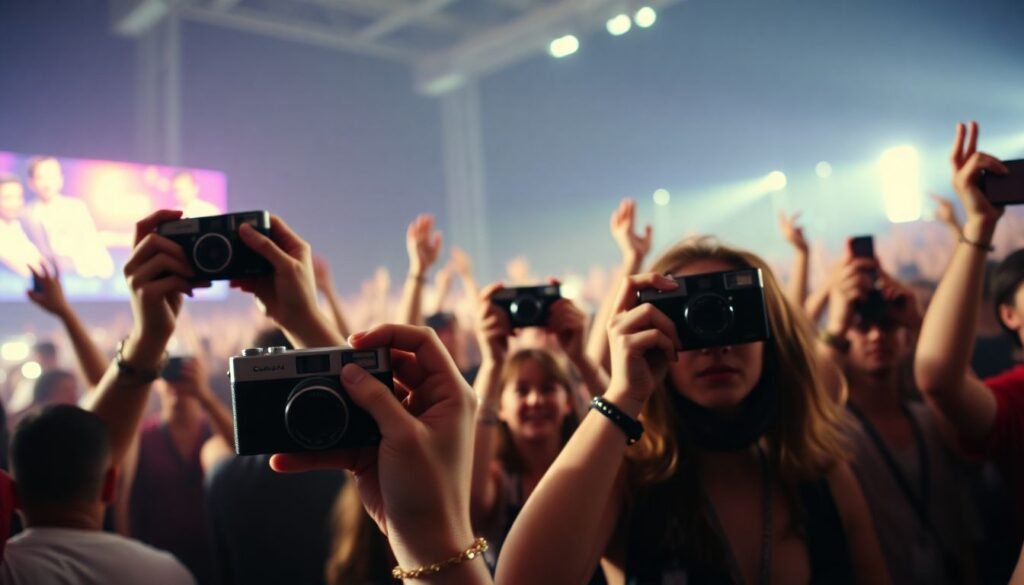
The 80s and 90s saw a boom in the marketing of disposable cameras. Companies like Kodak and Fujifilm heavily invested in advertising campaigns, promoting disposable cameras as the go-to for capturing life’s spontaneous moments.
They formed partnerships with the travel and event industries, offering branded cameras for destinations, concerts, and even special events like weddings.
These partnerships often included branded packaging or customized versions for specific occasions, which helped to solidify disposable cameras as a cultural trend.
Kodak and Fujifilm were two of the leading players in the disposable camera market. Kodak‘s FunSaver was a key product that helped propel disposable cameras into mainstream popularity, largely due to Kodak’s dominance in the film and camera industry at the time.
Fujifilm, however, continued to innovate with features like waterproof disposable cameras, which became particularly popular among travelers and outdoor enthusiasts. The competition between these two giants helped drive advancements and kept disposable cameras relevant for years.
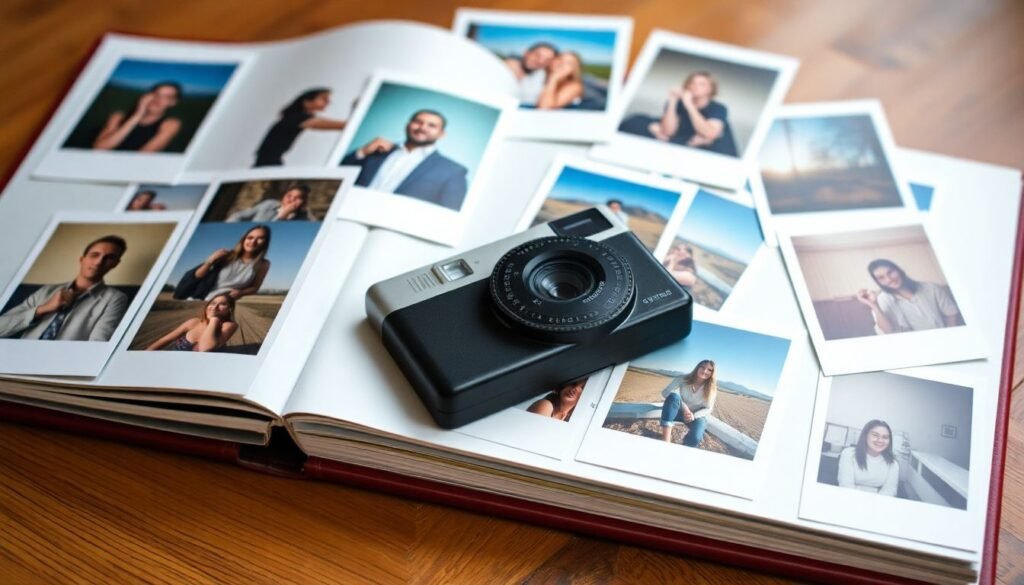
Disposable cameras were a staple at weddings, parties, and concerts throughout the 80s and 90s. Hosts would often leave disposable cameras on tables at weddings, encouraging guests to snap candid photos throughout the night.
This practice became so common that it’s now considered a nostalgic throwback to an earlier era of photography.
At parties and concerts, disposable cameras allowed people to capture memories without worrying about losing or damaging an expensive camera. For many, these cameras offered an easy, risk-free way to document special moments.
Like many trends in the 80s and 90s, pop culture played a huge role in making disposable cameras popular. Movies, music videos, and celebrities often featured disposable cameras, reinforcing their appeal among younger audiences.
Celebrities were frequently spotted using them, especially during events, further cementing their trendy status.
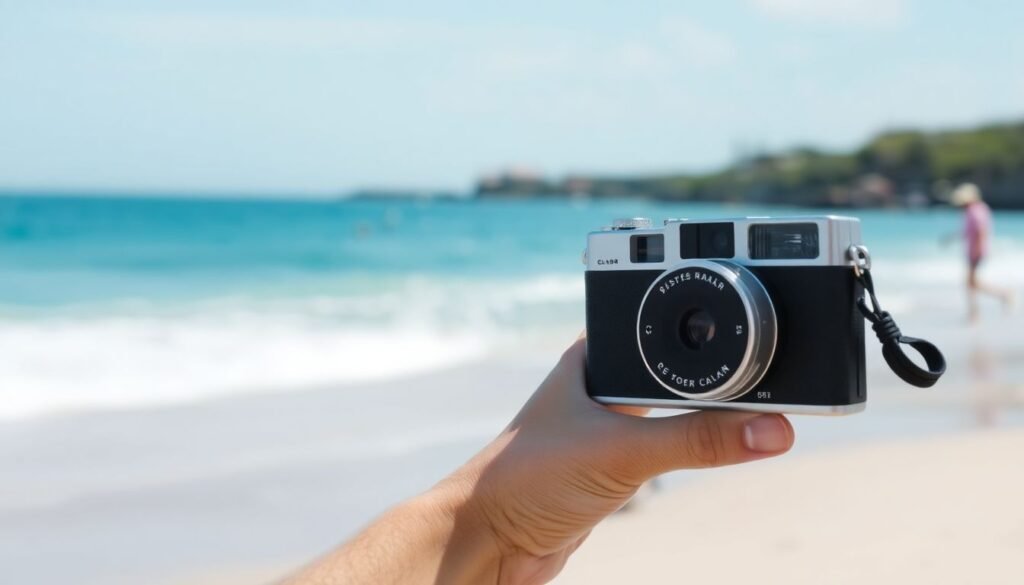
In the pre-digital era, traditional film cameras required a fair amount of knowledge and financial investment.
Many consumers weren’t willing or able to buy high-quality cameras, especially when photography wasn’t something they did regularly. Disposable cameras offered a solution to this problem.
With digital cameras only emerging in the late 90s and smartphones still years away, disposable cameras filled a gap in the market for affordable, easy-to-use photography.
You didn’t need to worry about handling film rolls or expensive repairs—just use the camera and drop it off for development.
Despite their popularity, disposable cameras weren’t without their drawbacks. Many people criticized them for their environmental impact, as the cameras were often discarded after one use.
The plastic and metal components required to manufacture these cameras contributed to waste, and while some companies offered recycling programs, the environmental cost was still significant.
Early environmental concerns led to a push for more eco-friendly alternatives, though it wasn’t until later that digital photography would fully take over.
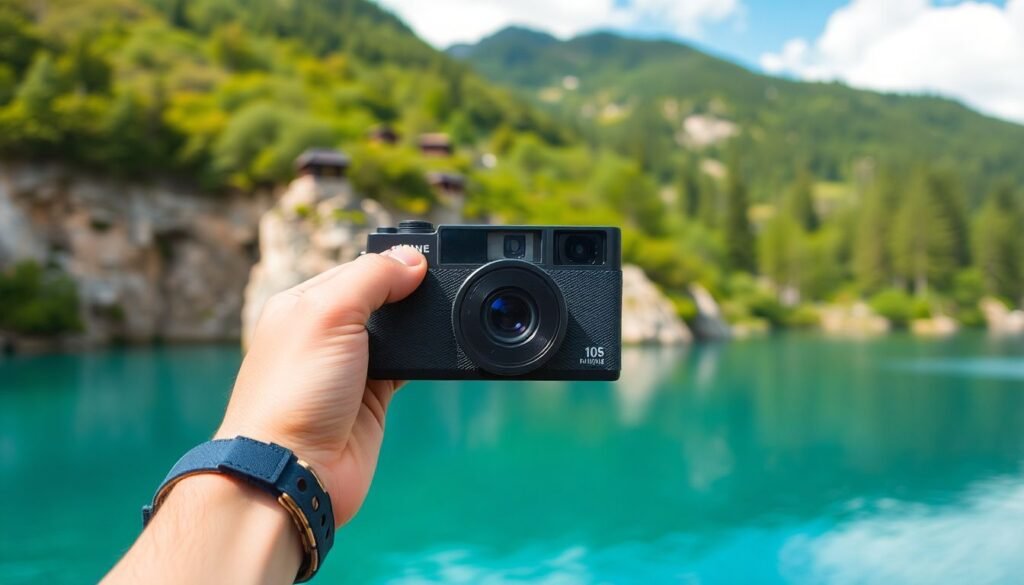
As digital cameras became more affordable and accessible in the late 90s, disposable cameras began to lose their charm. By the early 2000s, people could easily purchase digital cameras, which offered higher-quality images and the convenience of immediate viewing. The ability to store hundreds, if not thousands, of photos digitally marked the end of the disposable camera’s reign.
Interestingly, disposable cameras have seen a resurgence in popularity in recent years, driven by a wave of nostalgia and the growing trend of analog photography. Many people, especially younger generations, appreciate the tangible, physical nature of film photos.
There’s a certain charm in waiting for photos to develop and the element of surprise that comes with not knowing exactly how each shot turned out.

In today’s world, smartphone cameras and instant cameras have largely replaced disposable cameras. With the rise of social media, the ability to instantly share and edit photos has become a core part of modern photography. However, some still prefer the simplicity of disposable cameras, which force you to focus on capturing a moment without the distractions of filters and editing tools.
Compared to instant cameras like Polaroid, disposable cameras offer a different kind of experience. Polaroids provide an instant printout, while disposables maintain the element of anticipation, with photos not available until after development.
Despite the advancement of technology, disposable cameras continue to have a niche audience. Some photographers enjoy the artistic limitations of using film, as it forces them to be more deliberate with their shots. Others appreciate the tactile experience and the unique aesthetic of film photography, which often can’t be replicated digitally.
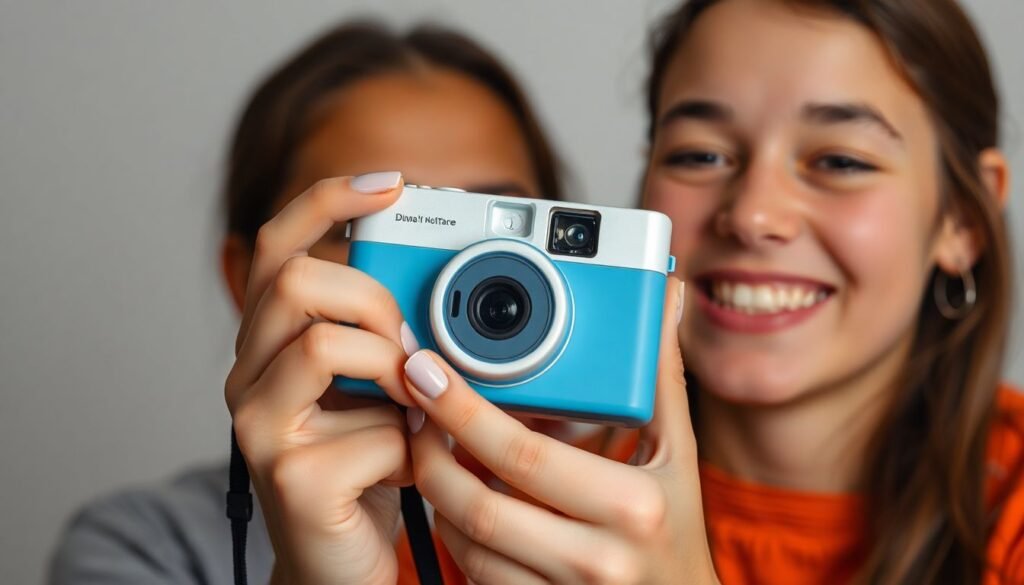
Disposable cameras shaped the photography landscape of the 80s and 90s, providing an affordable and accessible way for people to capture memories. While their popularity has declined with the rise of digital photography, their legacy endures.
Whether you’re feeling nostalgic or simply looking for a way to slow down and appreciate the art of photography, disposable cameras still hold a special place in the hearts of many.
When were disposable cameras first introduced?
Why did disposable cameras become so popular in the 80s and 90s?
What companies were major players in the disposable camera market?
Why are disposable cameras still used today?
What caused the decline of disposable cameras?